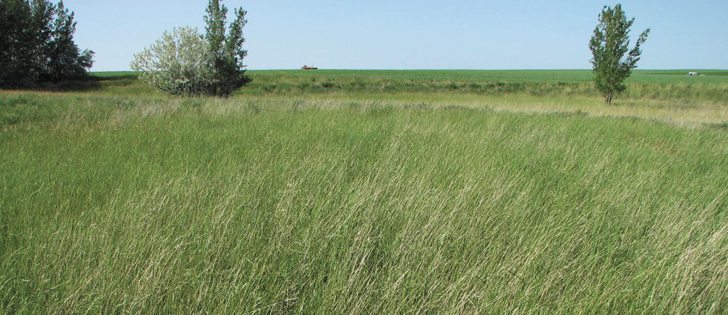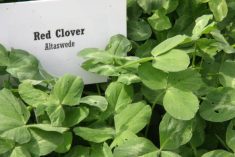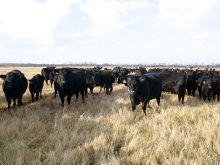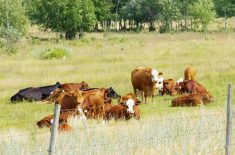Seed grower says acres are down for almost all forage and grass seeds, creating a supply shortage and sending prices up
LEDUC, Alta. — Strong cattle markets, a strong U.S. dollar, dry weather and dwindling forage acres have pushed grass and forage seed prices to some of the highest levels in years.
Heather Kerschbaumer, president of Forage Seed Canada, said her family’s Golden Acre Seeds paid growers 11 cents a pound for sweet clover seed when it started cleaning seed in 1982. It’s now $2.90 per lb.
“It’s ridiculously high,” Kerschbaumer said during an Alberta Forage Industry Network update.
Prices are high for almost all of the forage and grass seeds.
Read Also

Farming Smarter receives financial boost from Alberta government for potato research
Farming Smarter near Lethbridge got a boost to its research equipment, thanks to the Alberta government’s increase in funding for research associations.
“The acres are down, which mean yields are down, which means the demand is up.”
The Canadian seed market is linked to the American market, which is reflected in the strong Canadian prices.
Prices have gradually increased over the years as high canola and grain prices encouraged farmers to switch their grass fields to grain and oilseed crops.
Add in three consecutive dry years in Alberta’s Peace River region, one of the province’s largest grass and legume seed growing areas.
“It has affected the establishment, and farmers are still struggling to get those fields back into production,” said Kerschbaumer, of Fairview.
“It takes a long time to get those acres back in again.”
The carryover of stocks is almost non-existent in all grass and legume seed crops, she added.
“Anyone who wants to get the kind of seed they would like. I would make sure you source it sooner rather than waiting.”
All the wheat grasses, especially northern and western wheatgrass, are in extremely short supply so prices are strong.
Common crested wheatgrass will be about $5 per lb. and higher, and certified seed will be another 50 to 70 cents a lb.
Intermediate and pubescent wheatgrass are around $5.50 per lb., and northern and western wheat grass are about $8 per lb. Slender wheatgrass is about $3 per lb.
Timothy prices have dropped slightly or stayed about the same as last year because of good supply.
Kerschbaumer estimates common timothy seed to be about $1.50 per lb. and certified timothy to be $1.80 to $2 per lb.
The price for meadow and smooth brome are almost identical. The acres for both crops are down, and the demand is high. Farmers can expect to double the cost of establishing a brome field.
“The prices are the highest I’ve ever seen.”
Common brome is about $5.40 per lb., and certified brome is expected to be about $5.80 per lb.
Kerschbaumer said they normally spend most of the winter cleaning bromegrass, but this year they have already finished and most of the seed is sold.
Red clover, alsike and sweet clover are all in short supply. Acres are down and yields were reasonably poor, which forced prices up.
“The red clover price is pretty much the highest ever.”
Red clover is about $2.80 per lb, alsike is $3.40 per lb and sweet clover is about $2.90 per lb.
Alfalfa prices have remained steady.
Prices for the proprietary varieties are hovering around $4.50 per lb., common taproot is $3.50 and creeping root is $4.
All the yellow blossom alfalfas are in high demand and ranges from $7 to $7.30 per lb.
Good rain through the spring and summer would give fields a boost but also drop prices 30 to 40 percent next year, she said.

















